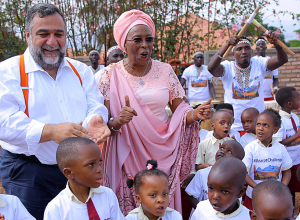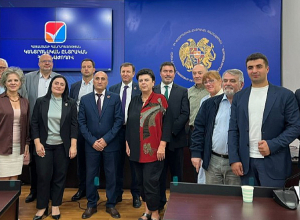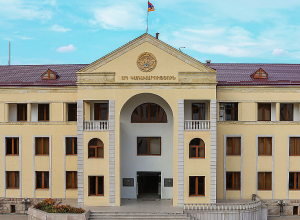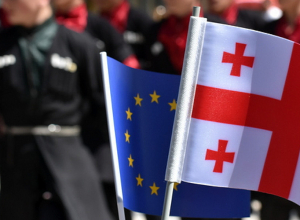Report on tortures in Armenia

Anti-torture Committee reveals police ill-treatment in Armenia, little progress on situation of life-imprisoned Strasbourg, 27 January 2015 – The Council of Europe's Committee for the Prevention of Torture and Inhuman or Degrading Treatment or Punishment (CPT) published today its reports on the last two ad hoc visits to Armenia, carried out in April 2013 and May 2014, together with the responses of the Armenian authorities. The April 2013 visit followed the emergence of reports outlining persisting problems in the police treatment of persons deprived of their liberty. The CPT’s delegation received many allegations from detained persons that they had been subjected to physical or psychological ill-treatment and excessive use of force by police officers at the time of apprehension and during the subsequent questioning; and received threats of repercussions for family members. Sometimes the ill-treatment alleged was of such a severity that it could be considered to amount to torture (e.g. extensive beatings; infliction of electric shocks; simulated asphyxiation with a gas mask; blows to the soles of the feet). The medical examination and the consultation of medical files revealed injuries consistent with the allegations made. While acknowledging the Armenian authorities’ efforts to improve the system of handling police ill-treatment cases and welcoming the creation of the independent Special Investigation Service, the CPT revealed flaws in the current system of documenting and investigating such complaints. The CPT made specific recommendations on improving the procedures for reporting injuries, and processing potential cases of by prosecutors. In their response, the Armenian authorities indicate that new guidelines have been issued and that the training of police officers has been enhanced to prevent instances of police ill-treatment. The CPT also visited the Kentron Prison in Yerevan, and was seriously concerned that hardly any of the recommendations made after previous visits have been implemented as regards the situation of two life-sentenced prisoners kept there. They have been continuously held in solitary confinement for 13 years, without being offered any out-of-cell activity other than outdoor exercise for one hour per day. The conditions under which the two prisoners were being held could be considered as amounting to inhuman and degrading treatment; given that neither of them was receiving adequate psychiatric treatment, even though they both suffered from severe mental disorders. The CPT visited this prison again in May 2014, and registered certain improvements in psychiatric care of the two prisoners. This, as well as the intention of the Armenian authorities to amend the Penitentiary Code to abolish the segregating life-sentenced prisoners from other prisoners, was welcomed by the Committee. However, the situation with regard to the detention regime of the two prisoners, restrictions on contact with the outside world and the systematic use of handcuffs remained largely unchanged at the time of the report. The visit also covered Nubarashen prison in Yerevan. In both establishments, the delegation received hardly any allegation of physical ill-treatment from prisoners. In their response, the Armenian authorities provide further information on the draft legislation intended to significantly improve the situation of life-sentenced prisoners and to facilitate the granting of conditional release for them. In addition, the authorities indicate that additional steps have been taken to provide the two above-mentioned prisoners with adequate health care and more out-of-cell activities. http://www.cpt.coe.int/en/states/arm.htm



